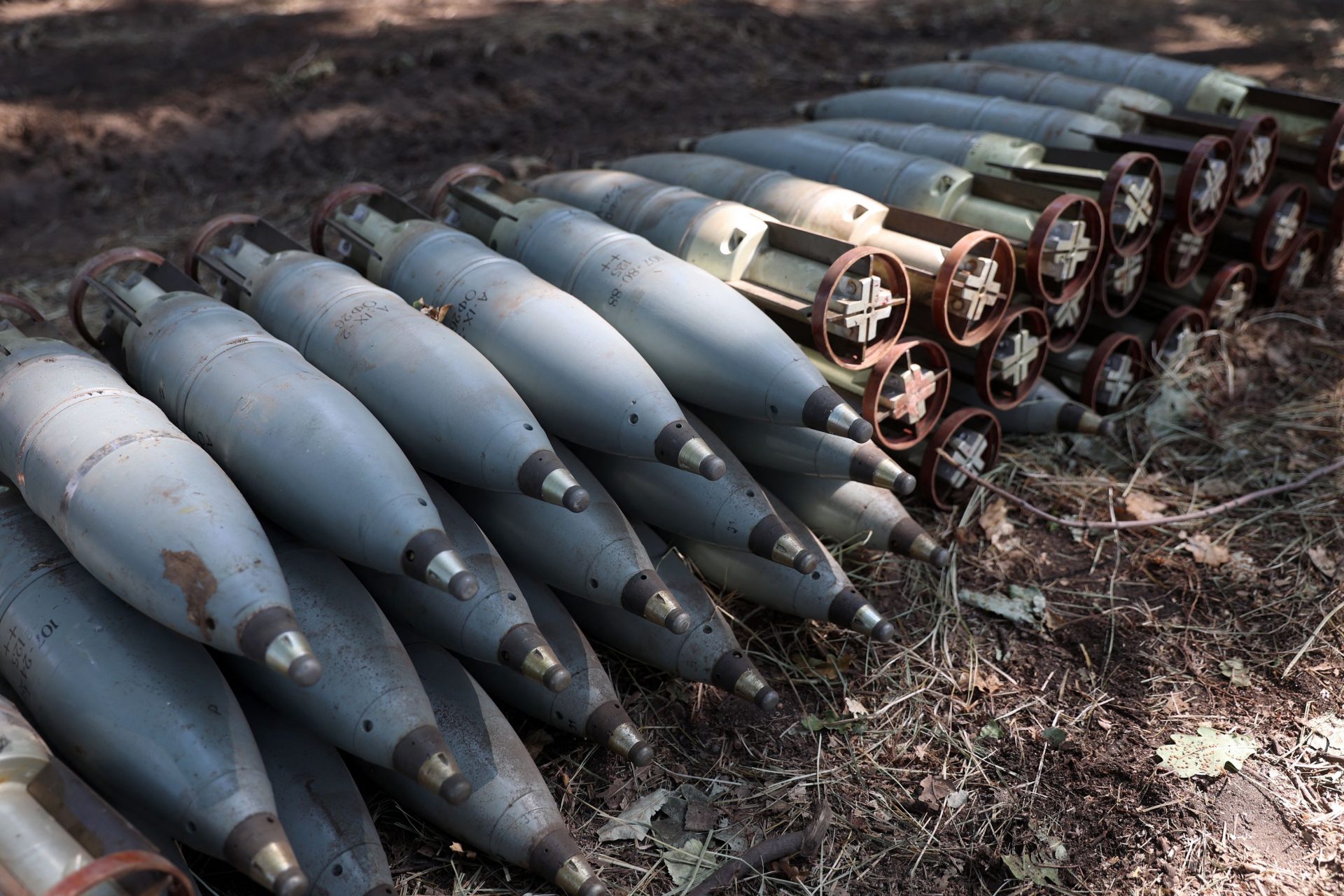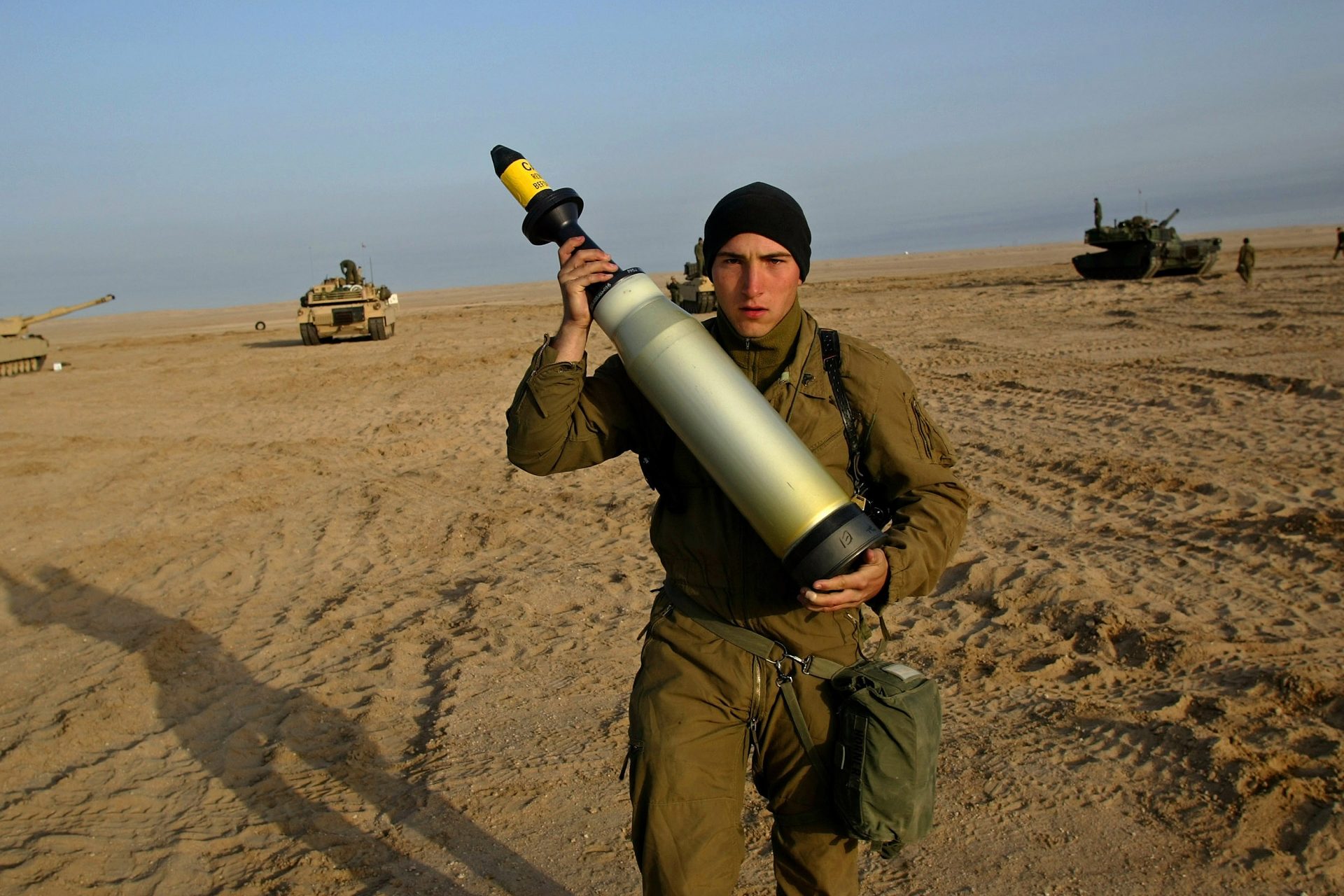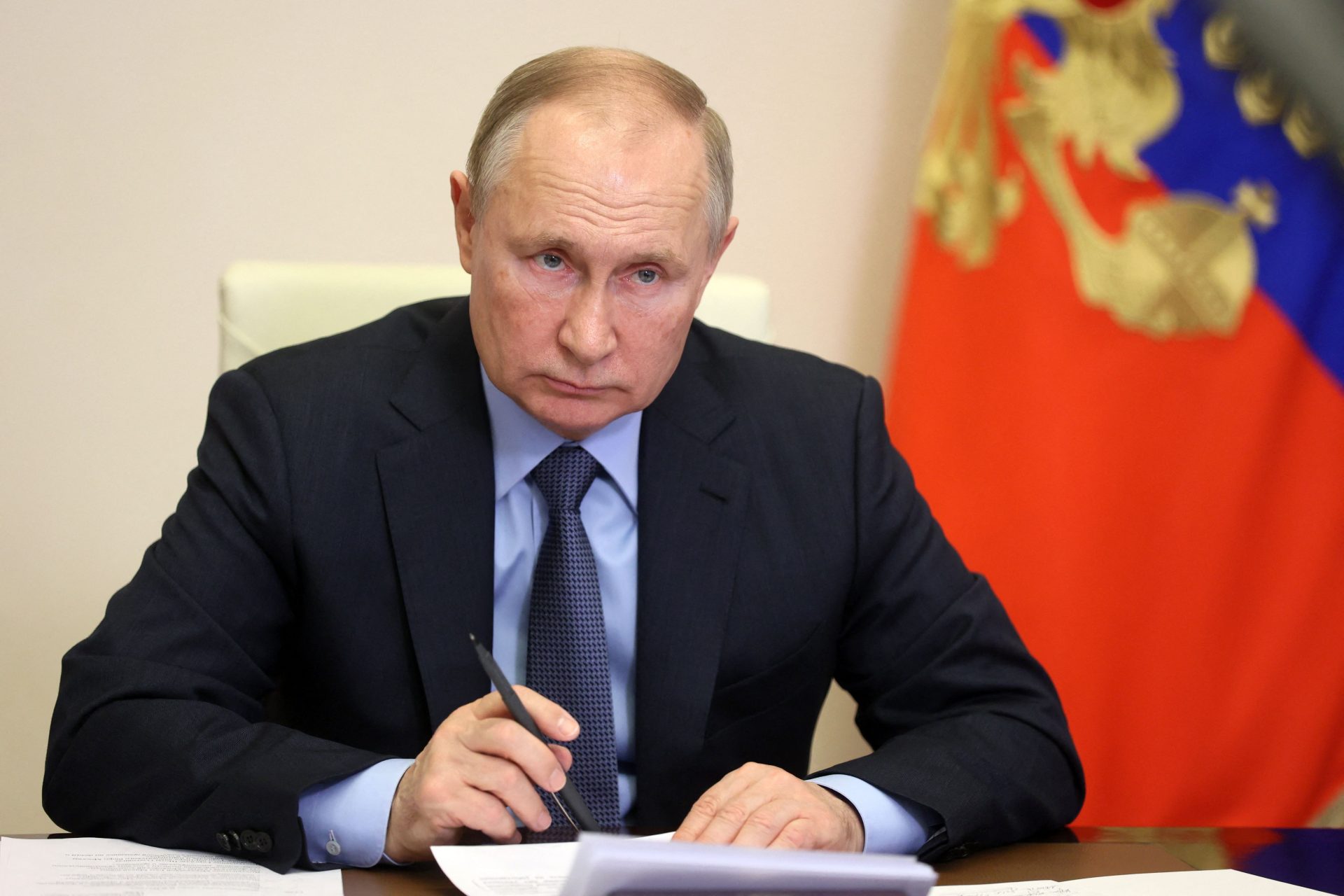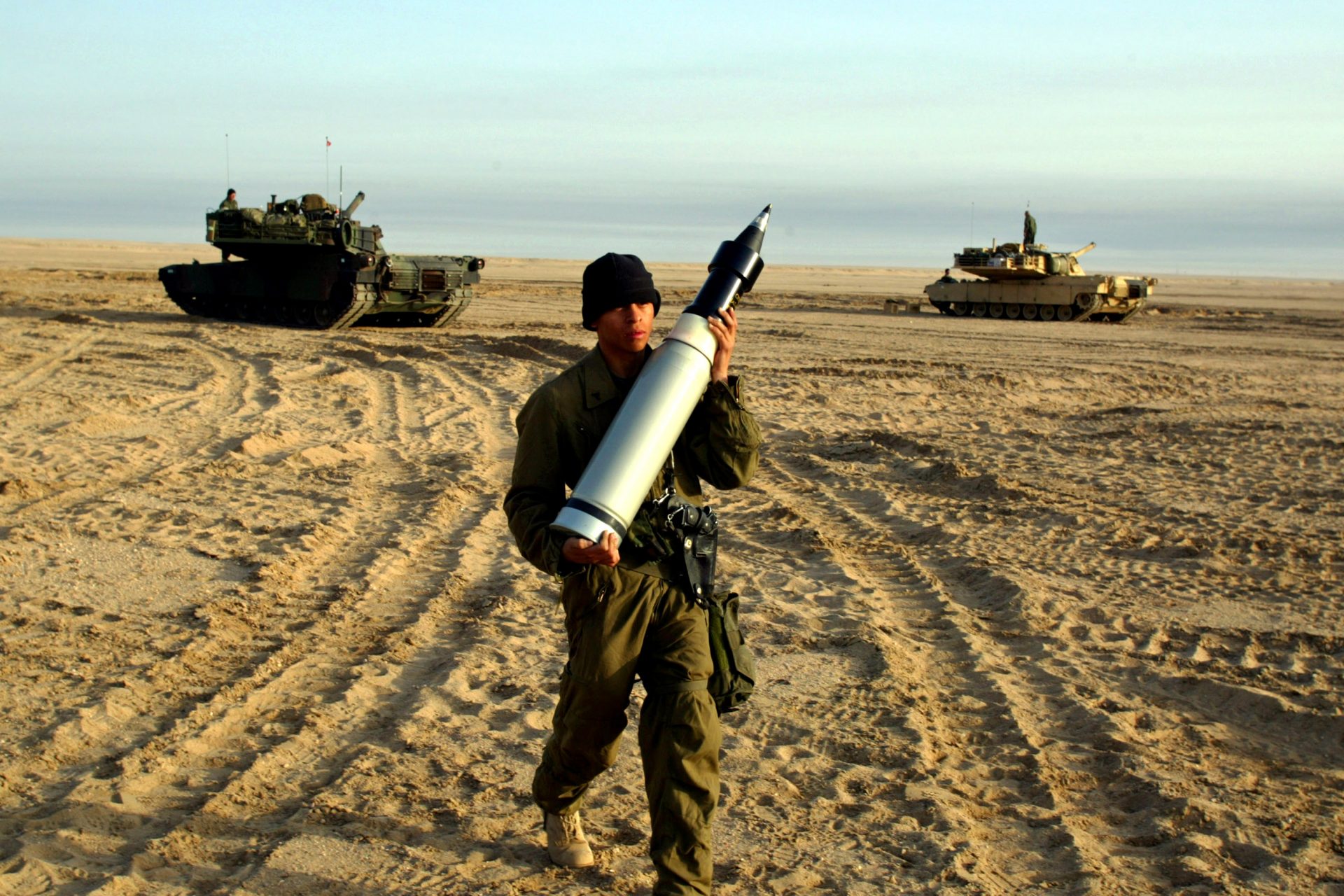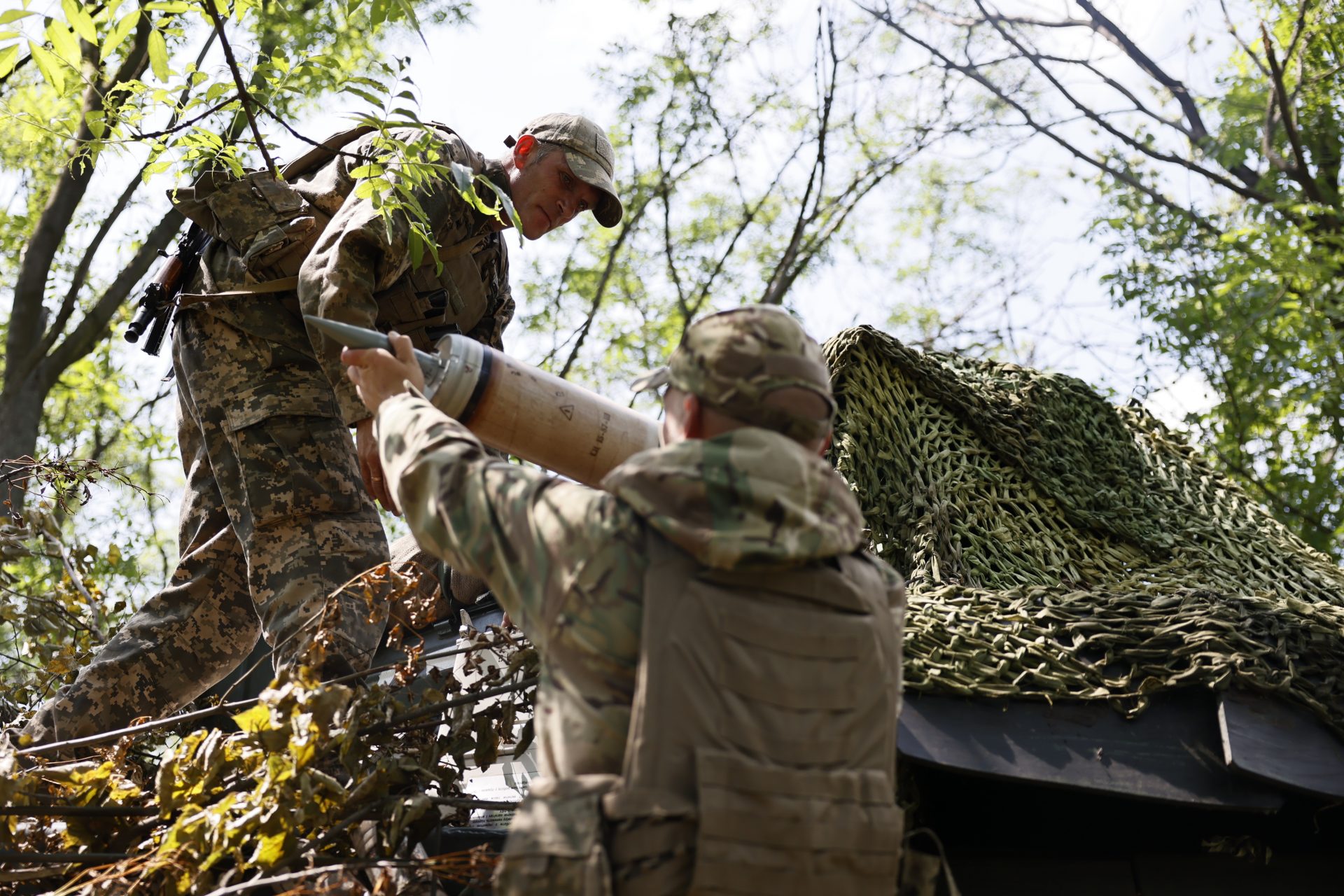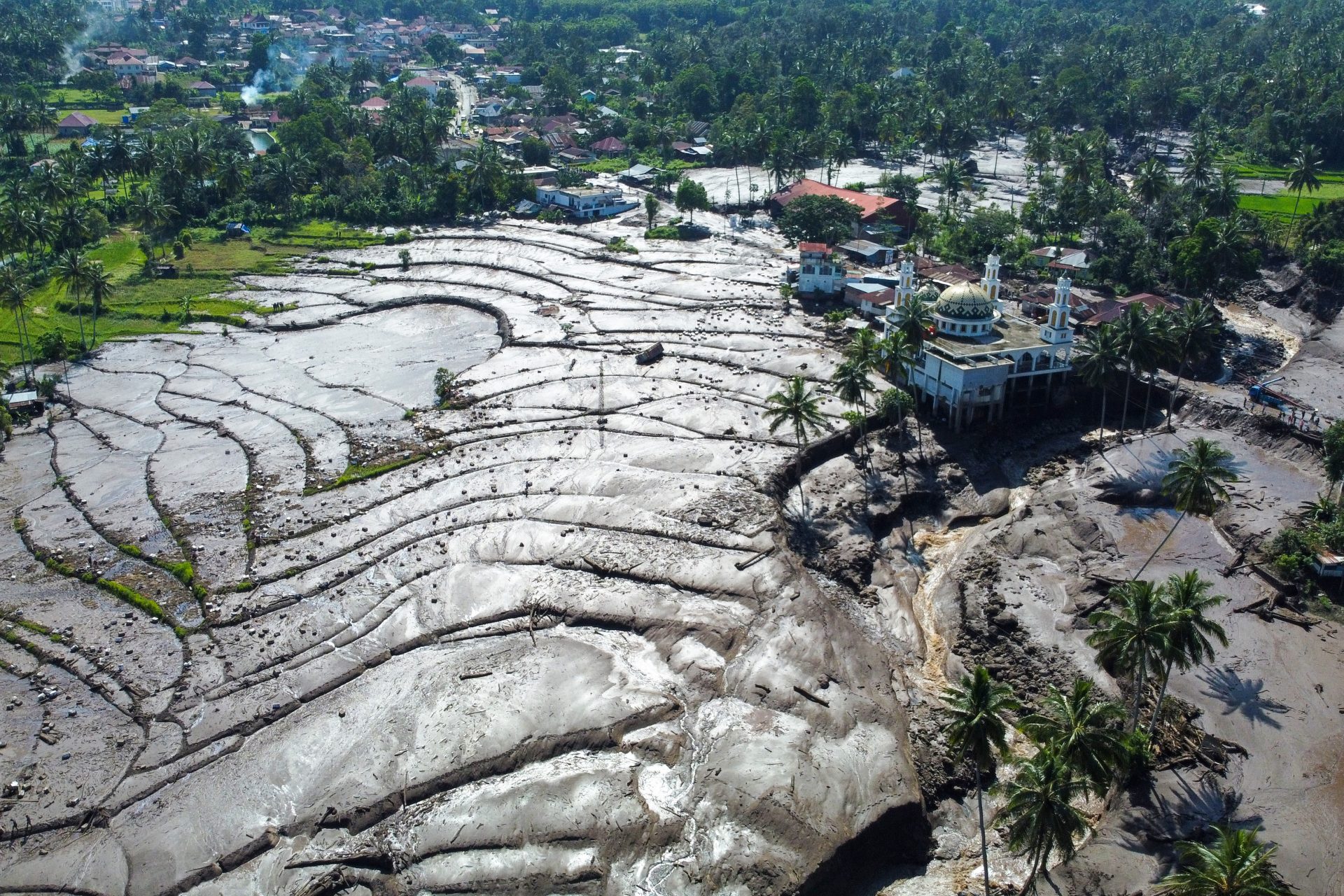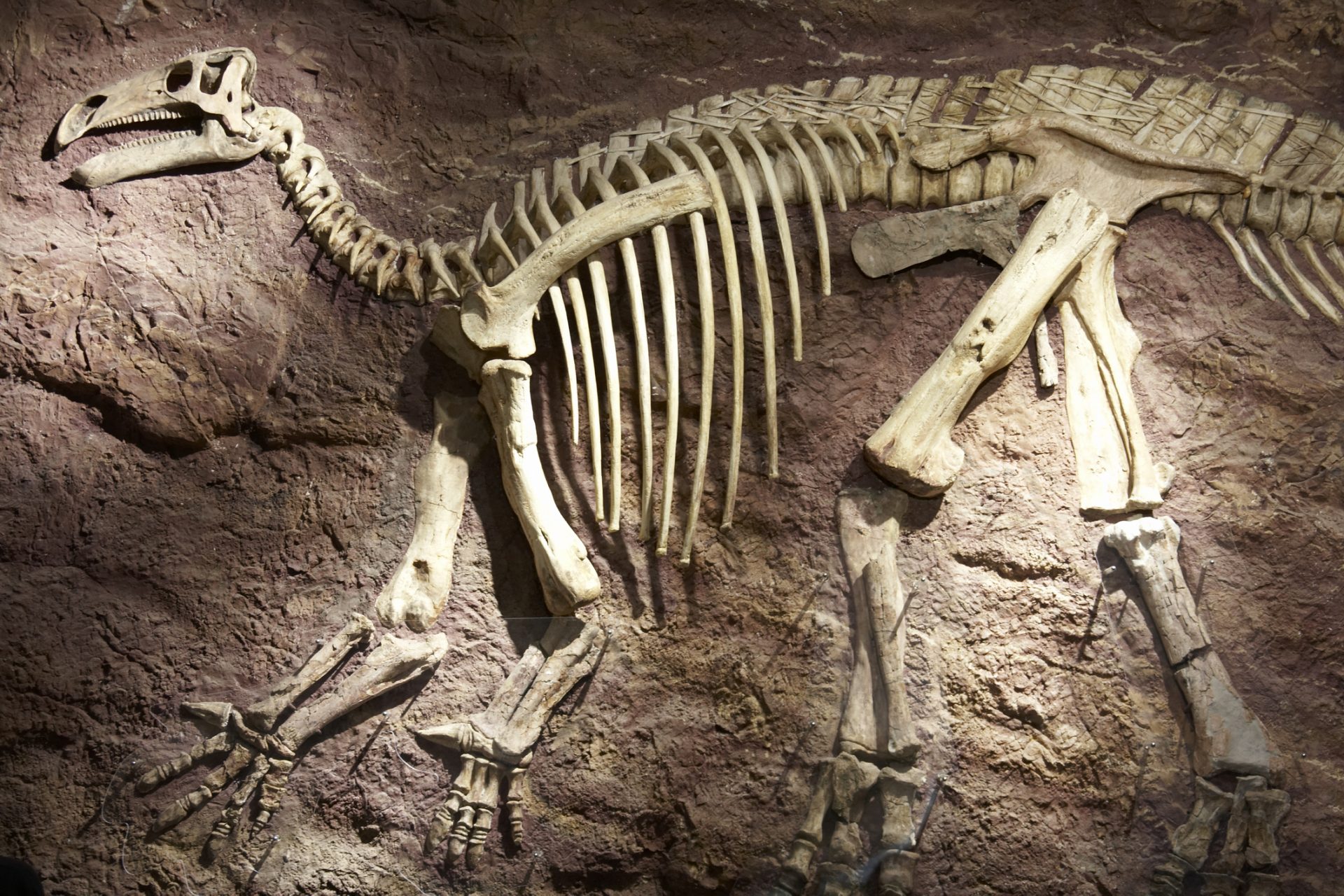Exploring the depleted uranium shells the US said it would send to Ukraine
On September 1st, 2023, the United States announced that it would send depleted uranium shells to Ukraine as part of its ongoing military aid. It was a decision that ruffled a few feathers at the time but there may have been a real reason to worry about the effect the shells.
Ukraine was set to receive 120mm depleted uranium shells for use with the 31 American-supplied Abrams M1A1 main battle tanks the US was handing over to Kyiv according to an Associated Press report. But there was more to the shells than most knew.
Depleted uranium shells were meant to enable Ukraine's soldiers to be more effective on the battlefield but supplying the Ukrainians with the shells came with a whole host of problematic political considerations.
For example, depleted uranium shells have gained a reputation for being toxic and possibly radioactive. Moreover, Vladimir Putin wasn't happy about the decision, and that made some worry that the United States was crossing one of Russia's red lines in the conflict.
Putin's anger at Ukraine getting depleted uranium shells was something the United Kingdom discovered in March 2023 when the country's Defense Minister at the time said Britain planned to supply Ukraine with depleted uranium ammunition.
On March 20th, UK Defense Minister Annabel Goldie confirmed that her country would be supplying the Ukrainian Armed Forces with armor-piercing rounds containing depleted uranium, an announcement which pushed Putin to threaten nuclear war.
While speaking to reports after talks with Chinese President Xi Jinping in March 2023, Putin took a few moments to address the decision to send depleted uranium shells to Ukraine and said that there would be consequences if the United Kingdom followed through on its plan.
"I would like to note that if all this happens, then Russia will have to respond accordingly,” Putin explained according to a translation from CBS News. “The collective West is already starting to use weapons with a nuclear component."
While Putin likened depleted uranium shells to weapons that were equivalent to nuclear devices, they are nothing of the sort. Let's take a look at what this type of ammunition actually is, why it was invented, and how it will help Ukraine in its war against Russia.
According to the Associated Press, depleted uranium rounds were first developed by the United States during the Cold War as a weapon that could eliminate tanks, which means they were specifically designed to destroy the T-72 tanks Ukraine is facing.
In 2000, The Guardian's David Hambling explored the unique properties of depleted uranium rounds and called the ammunition a “tank buster’s weapon of choice.”
Depleted uranium is an extremely hard and dense metal, which makes it better at breaking through a tank's thick armor.
Destroying a tank isn’t about how fast your shell is going according to Hambling, it’s all about how a round concentrates its force.
“Armor penetration is increased by concentrating the force of a shell into as small an area as possible, so the projectiles tend to look like giant darts,” Hambling wrote.
Photo by Aick, Own Work, Wiki Commons
“The denser the projectile, the harder the impact for a given size,” Hambling went on to explain. But what about the potential toxic and radioactive hazards that such ammunition might create? Were the shells something that needed to be worried about?
According to the Associated Press, depleted uranium is what atomic scientists are left with after they’ve put the heavy metal through the enrichment process needed to produce nuclear weapons. As a byproduct, it does not have the properties of enriched uranium.
However, depleted uranium does still retain some of its radioactivity but is not considered to be a nuclear weapon according to King's College London Defense Studies Professor Dr. Marina Miron, who spoke with BBC News about the shells.
"Depleted uranium shells are not considered to be nuclear weapons," Dr. Miron said. "They are not meant to poison people. They are used because of their capability to pierce armor." Unfortunately, the effects of radioactive shells are still hotly debated.
In 2007, a United Nations report on the use of depleted uranium found “no clinically significant pathology related to radiation exposure to depleted uranium,” though there has also been contrary evidence that showed the danger of long-term exposure.
According to BBC News, the International Atomic Energy Agency believes there could be risks associated with handling depleted uranium weapons, and a 2019 study found there might have been links between the weapons and birth defects in Nasiriyah, Iraq.
Euronews wrote in a recent article that roughly 400 military officers died in Italy, and 8000 others were left seriously ill after their exposure to depleted uranium shells during the 1999 Nato bombings of Yugoslavia.
"The fear is that if depleted uranium shells land on the ground, they may contaminate the soil," Dr. Miron explained. "That is why the US and its Nato allies sparked controversy when they used them in Kosovo."
Roughly 30,000 rounds of depleted uranium ammunition were fired during the conflict in the Balkans according to a United States Department of Defense report, and a later meta-analysis showed the ammo had no impact on the health of those in Kosovo.
“Furthermore, the results indicate that it is not possible to make a valid correlation between the health effects and depleted uranium-contaminated areas,” the authors of the meta-analysis report wrote.
Despite all of this, Putin still saw the use of depleted uranium shells in Ukraine as a nuclear threat, but his unease might have less to do with the nuclear aspect of the weapons and more to do with how were going to change the battlefield in Ukraine.
More for you
Top Stories



